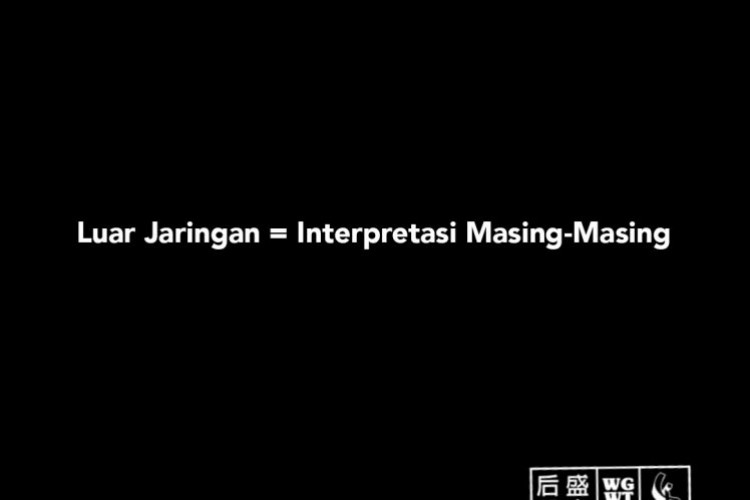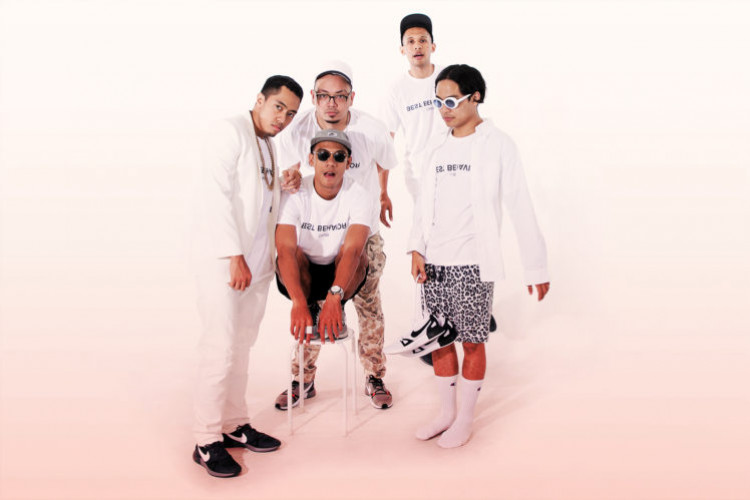For the BBoys with Febian ‘Kreate’ Hidranto
Ken Jenie (KJ) talks to famed Bboy Febian ' Kreate' Hidranto (K).
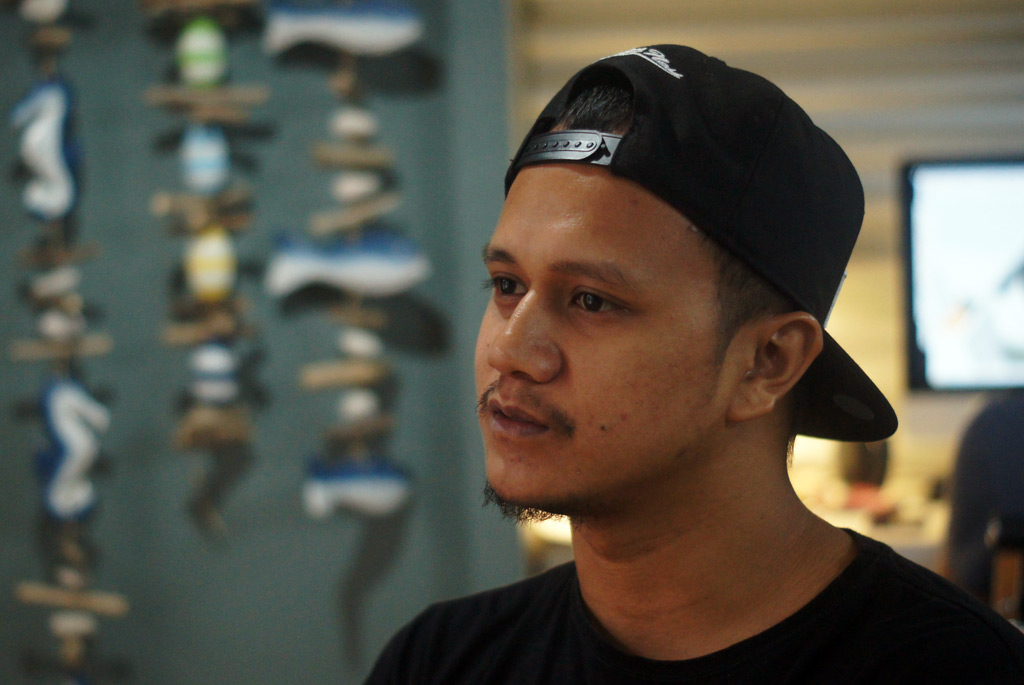
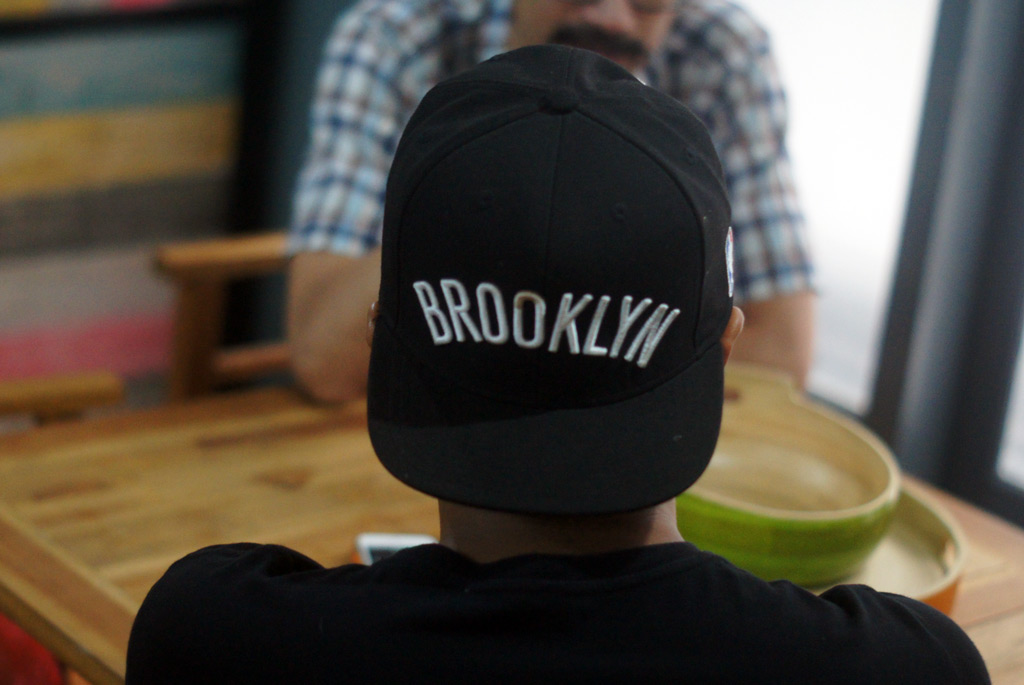
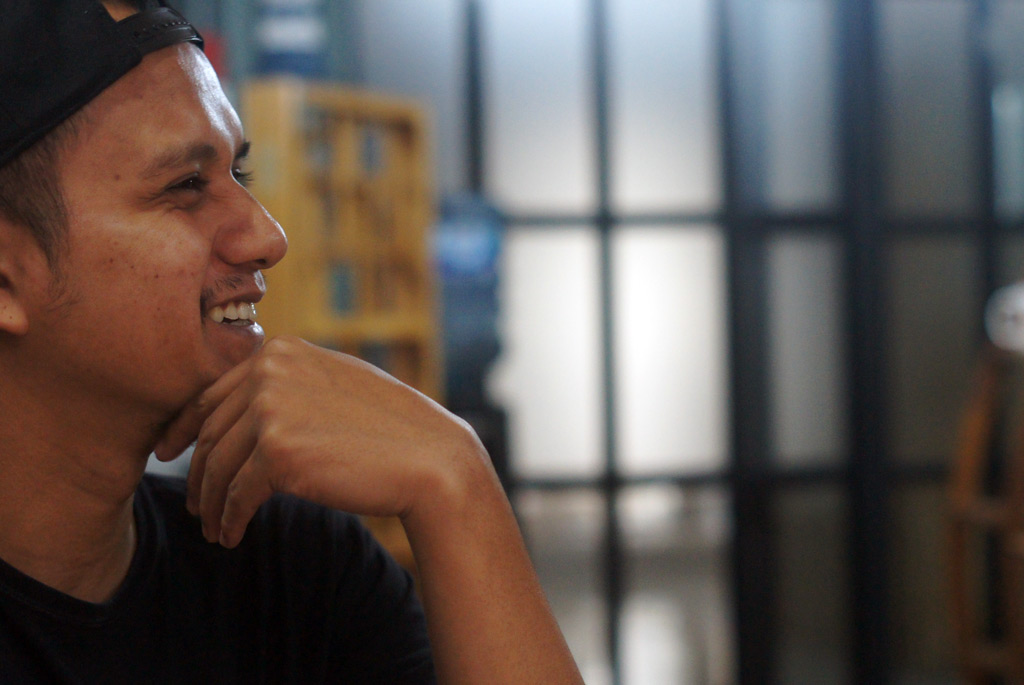
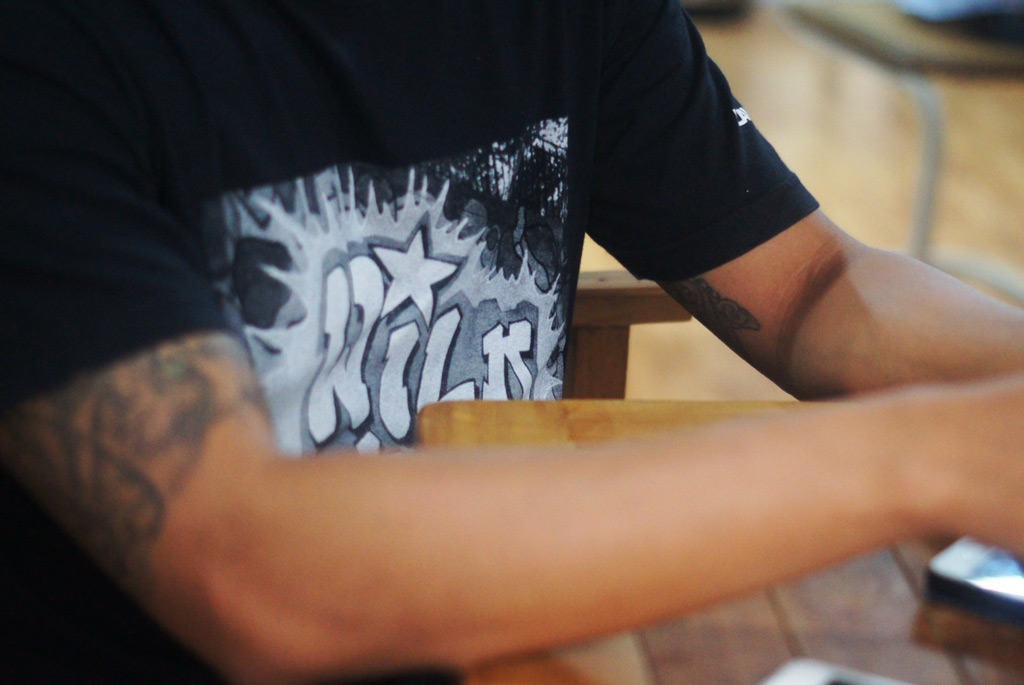
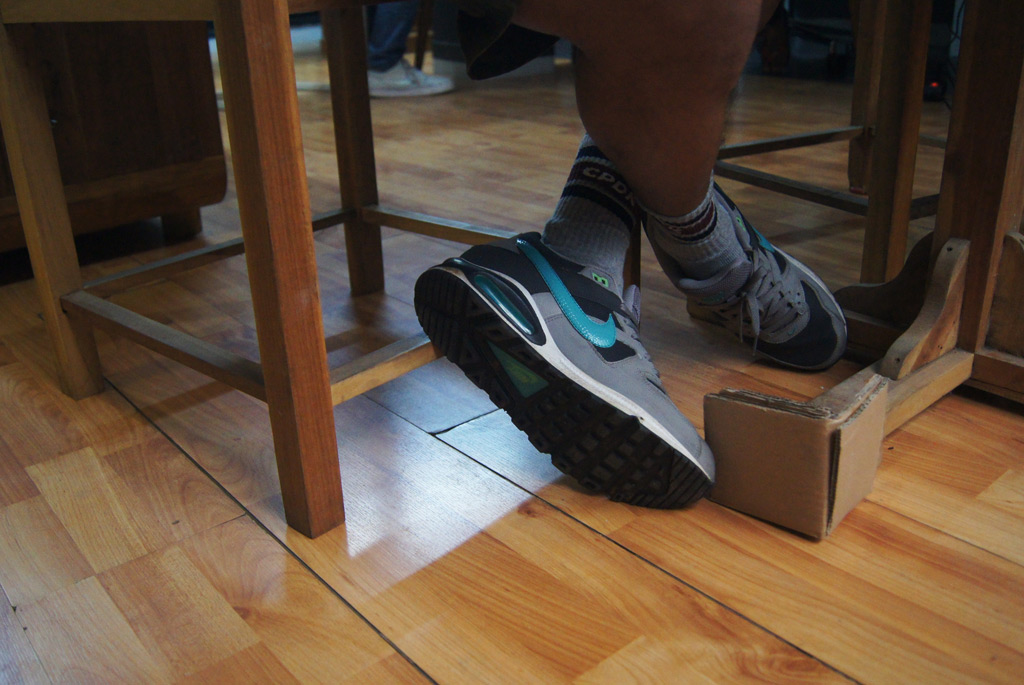
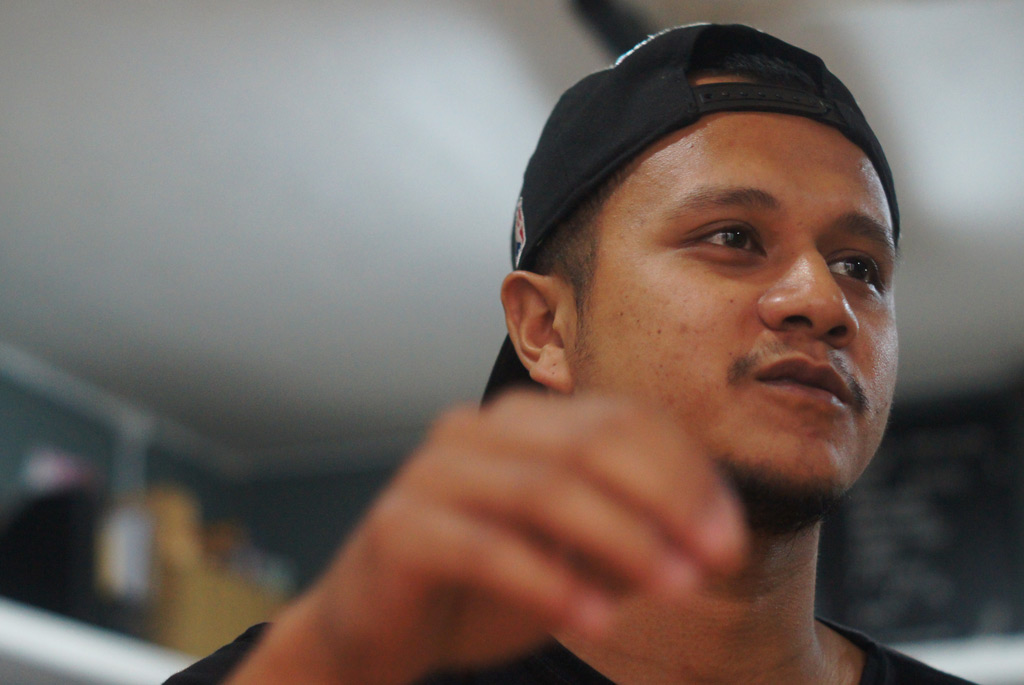
KJ
How did you become interested in Bboying and involved in the first place?
K
The first time I saw bboying was in Bandung. I would go to my grandmother’s house and see my cousin and his friends dancing. The bboy community was dead back then – the late 80s – so I couldn’t really learn from anybody. I moved to America when I was ten years old in the 90s, saw some bboys, talked to them, and I found out that there were bboys in my middle school so I started practicing with them. This was the 90s, when the bboy scene started coming back.
KJ
What was the reason you started dancing?
K
The bitches.
KJ
Really? (laughs)
K
(Laughs) No, but It’s actually a big reason as to why many bboys started breaking. For me, it is a dance that was most comfortable. Before bboyin I saw popping and locking. Popping isn’t very expressive, and when locking you have to smile all the time, I can’t smile all of the time. I was attracted to breaking, and I fell in love with it.
KJ
Before even breaking, have you always been interested in dancing?
K
Yeah. When we would have family gatherings, they would make me and my cousin dance. They would make us go in the middle of the room and perform. I also used to dance by myself in my room – I just always loved dancing.
KJ
After living in the States you moved back to Jakarta.
K
I moved back here in 2003.
KJ
What was your impression of the local scene?
K
The scene was quite big, but they weren’t really focusing on the dancing. They were more focused on power moves and tricks. They were also lacking on the foundation – and you can’t really excel if you don’t know your basics. So I came back here, dropped some knowledge – the basics, foundation, and how important it is to listen to the music. The music should move you.
KJ
From my perspective, breaking is very competitive, and many seem to progress from wanting to be better. What was it like in Indonesia when you first arrived?
K
I think people here are quite competitive, but in America, the history is already there, the old school bboys are there. Over here, it was difficult to get references – videos and knowledge. So let’s say one crew gets a DVD of a bboy jam – they wouldn’t share it because they wan’t their crew to have the advantage. I guess you can say that the level of competition here is higher than in the states.
KJ
You were saying that the bboying scene was lacking the foundation, how did you spread the knowledge?
K
By going around and teaching them the basics. I used to go around to practice spots and share what I knew. I was also a jury on a Global TV program called “Let’s Dance,” which went on for four years (2004-2008). In the show we did road shows where we would visit 10 to 15 cities. After each production I would tell the kids to come to my room and burned CDs of videos as well as music for them.
When your competition has less knowledge, it’s no fun; it’s like lying to yourself. I wan’t everybody to have the same knowledge, and then go against eachother.
KJ
What was the reason you took it upon yourself to share the knowledge you had?
K
So everybody can learn together, so it won’t only be Jakarta or Yogyakarta that have good bboys. I had the opportunity to share what I know when I went on tour to different cities and islands, so I did it. I mean, there are places where the bboys don’t know the 4 elements of hip hop.
KJ
Do you think you have accomplished what you set out for?
K
Actually, no, not yet. I want to raise the skill level here to an international standard. Right now, the USA, Europe, Japan and Korea dominate on the international stage because they have been in the game for so long and the scene has been around for a while.
KJ
So where is in Indonesia on the international stage?
K
Indonesia isn’t there yet. We can perhaps compete with South East Asian countries – Singapore, Vietnam, Thailand – but when faced with Europe, Korea, States…
KJ
The Indonesian bboy scene seems more established now, and you have been throwing events. Could you tell us about them?
K
There are sponsored events, which usually take place in a mall, but those do not feel very ‘hip hop’ because you’re in a mall. There are a lot of kids that attend these events. When you’re young, you are very driven to become a champion – you want to be the best. The real essence of hip hop isn’t in these competitions, though – it is in clubs, parties, open circles. So every year we throw non-sponsored events, such as the event we made with GoodNWS. It was great because people just come out and dance, not worry about if they’re going to get first or second place, or how much the cash prize is.
Most people are focused on competition. They want to make a name for themselves and prove a point. It seems like in the non-sponsored events, people have more fun. They enjoy themselves because it isn’t about winning.
Aside from dancing, I’m trying to get skaters, inline skaters, and freestyle basketball because we are all under the umbrella of street culture. That was our event in Ancol, Jakarta, called BBQ Jam.
KJ
You also have an event in Bali, what is that?
K
Raw Materials is our non-sponsored events that invites international participants to jam in Bali, so they can also go on a holiday there. It always takes place in a club, so people are dancing and drinking.
KJ
How did you even get bboys from other countries interested in performing in Indonesia?
K
Before moving to Indonesia, I was competing and judging in Singapore, Malaysia, Australia, Vietnam, and Thailand. So when I was there and every time I went abroad, I invited them to our events. And because the concept is an international vs local exhibition battle, there are no winning or losing, so kids here have the chance to do some battles with international people since it’s expensive to go abroad especially for the visa and there was this fiscal cost – stuff like that. The internationals also know that we are doing this for a good cause, so they are more willing to do so.
KJ
Would you say that Indonesia, or major cities in Indonesia, has become a destination for bboys? Is it on their radar?
K
Yes, but we aren’t on a level where we can compete with the States and Europe yet. What makes Europe and the US different than us is that they not only feel the groove, but they excel in technicalities. In Indonesia, people feel the groove, but haven’t reached the level of technicality as those countries.
But it’s on the radar for sure, we’re up there with other South East Asian countries. In the bboy world, there are those who are real, and toys – meaning they copy moves/unoriginal. Indonesians are real.
KJ
You have travelled around the world dancing. How do you compare our region, Asia and Australia, to the States?
K
The only Asian country I can really compare to America skill-wise is probably Japan because bboying has been there since the 80s – they even had Rocksteady Crew Japan. They already have the blueprint down. Australia… it actually sucks (laughs). The good thing about Australia is that they get a lot of internationals there, but in terms of the state of mind or the culture, only a handful seem to understand what this dance is all about.
South East Asia is the youngest brother of the bboy family. We’re still new and developing, just like our country. The big difference between the States and South East Asia is that in the US when they dance, they feel the music – and you can see them enjoying what they do, while Korea and the newer generation don’t listen to the music and only worry about the moves.
KJ
But we aren’t in that state of mind anymore, right?
K
Yeah. I think Indonesia and the Philipines are South East Asian countries that have a sense of musicality. Thailand’s level of technicality is good, they have international standards, so does Vietnam. But usually those who has high level of technicality don’t really feel the music. While here, we listen to the music, but are weak physicaly. Too much rice and sambal (laughs).
KJ
Can you tell us a little bit about BBoy Indo?
K
Bboy Indo was founded in 2003, we are registered as a member of FORMI (Federasi Olahraga Rekreasi-Masyarakat Indonesia) a part of the sport ministry of Indonesia. Bboy Indo supports local events – everything from big jams to local crews that have their anniversary party. It all for the sake of the unity of Indonesian Bboys, so that all of the boys and the crews are united under the same roof. We don’t have specific membership registration or anything. We also have Bboy Indo chapters throughout Indonesia, we have Bboy Indo chapters Medan, Yogyakarta, Semarang, Surabaya etc. We have the connection to the people who run the dance scene in those cities. So if, let’s say, Bboys from Jakarta want to make an event in another city, we know the people to contact. We basically built a network to connect bboys from all over the country.
Basically we built a network to connect all the B-Boys from the country.
KJ
How can people find Bboyindo?
K
Yes! You can visit us at: bboyindo.com, there, we have events, upcoming events, preview, videos, performances and all other stuffs. We also have Facebook, Instagram, and Twitter accounts all under bboyindo.
KJ
How did you start the brand “Urbain Inc.”?
K
It all started in 2009, when I got back from Sydney, we were having difficulties finding a free magazine that covers urban/street culture – they only had the one that had the picture of people getting wasted on the back of their cover. So we made “Urbain” to fill that void. The magazine lasted for 6 months, it was hard to make a free hard-copy magazine when we have to print about 2000-5000 copies every month – the cost was too high. Soon after the magazine died, we went into clothing. The reason behind this decision is because I saw so many people who were interested in street brands like Supreme and Alife, but they can’t afford the hefty price tag – who has the money to spend on a 200 to 400 dollar shirt anyway? So Urbain wanted to offer the same taste of the street brand, with a more affordable price. That’s what we’ve been doing. And we’ve been going since 2009/2010.
KJ
It’s seems like the path that was taken by Urbain has a lot of bboy culture/scene influence though…
K
Maybe it’s because my background as a bboy, so Urbain has a strong bboy fan base. But I believe that every brand must have a solid fan base and after that, they can spread their wing. Personally, don’t want the brand to get called as a bboy brand, we don’t want our product to have the hip-hop design all-over, we want a wider set of customers. A lot of our friends are skaters, street ball players and we want to give them our services as well. We produce our product every 3 to 4 months.
KJ
Are you guys are planning to keep Urbain as a clothing label? Or are you guys are planning something else for the brand?
K
We’re trying to do some events as Urbain, but I think we need more time because every time every event I have thrown are bboy events, and I am part of bboyindo so there’s a conflict of interest there. But we will hopefully throw events under the name Urbain soon, and we are also planning a Youtube channel that covers all of our activities, and interviews too.
KJ
What bboy crews are you affiliated with?
K
I am affiliated with Lab Ratz Crew from Virginia – those are the people that I grew up with, learned breaking together, and Fresh Sox from Australia, and Bboyindo for Indonesia. I don’t want to be a part of any crew in Indonesia, because I don’t want to take a side. I was also affiliated with the Zulu Kings, but dropped my affiliation because of they asked me for a membership fee – we’re still cool, though.
KJ
Can you tell us about what entails from joining a crew?
K
Being on a crew means that you are around the people who pushes, support and motivates you. Your crew should be the people who you can share everything with, practically your friends.
KJ
Why should people outside of the bboy scene be paying attention to what you guys are doing?
K
Because we’re doing something good for the kids. Instead of being on a fights, or do drugs, they can just dance. And instead of punching each other they can just battle it out. Something positive for the kids.
KJ
How long can you be dancing for?
K
Mostly, it’s until late 30’s. Dancing in 40’s is tough. And you’re already have limited moves on the late 30’s anyway. Maybe only 40% of your old moves.
KJ
What are you planning after you can’t dance anymore?
K
Urbain and Bboyindo. We’re gonna make some events as Bboyindo, some of them are major international events. Almost every international bboy events will take the winners goes overseas, so it is a great chance for the kids here to get overseas. For Urbain, we’re going to expand on events and TV channel, and still going with the clothing production too. For myself, is to get married (laugh).
KJ
Thanks, man!
K
Shout out to Whiteboard man, always!








